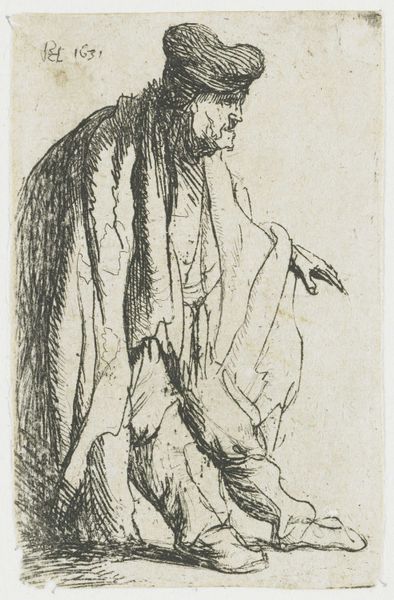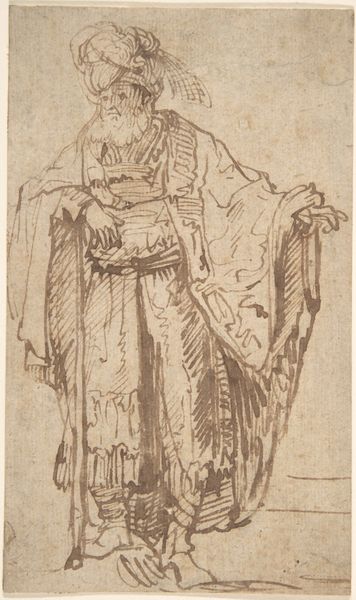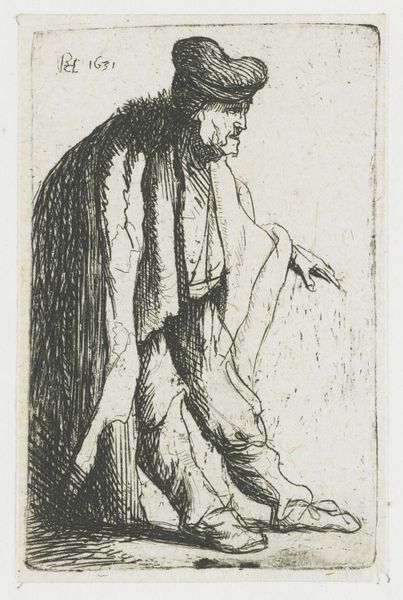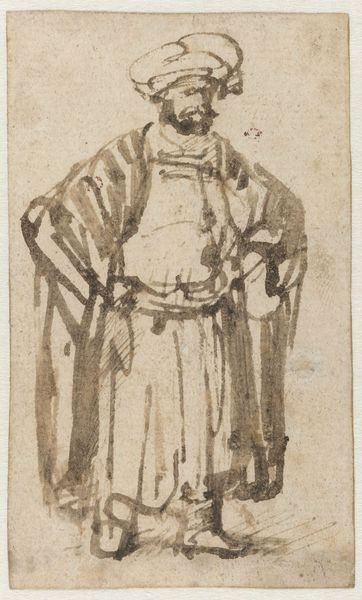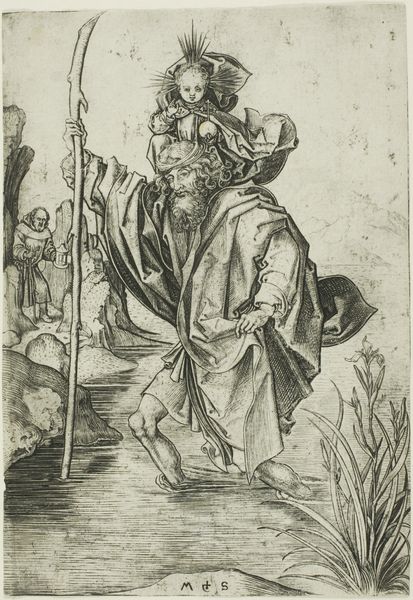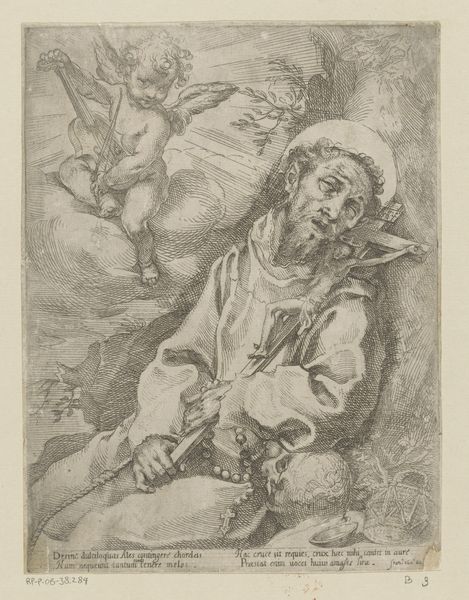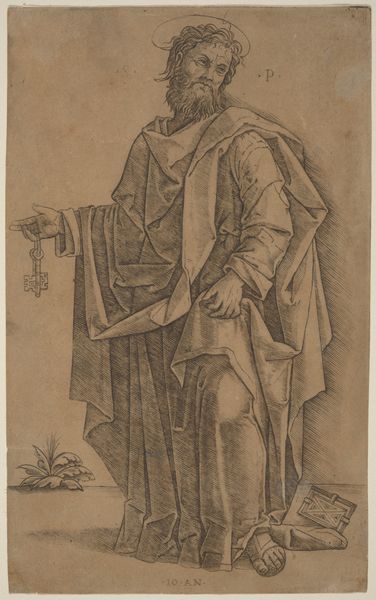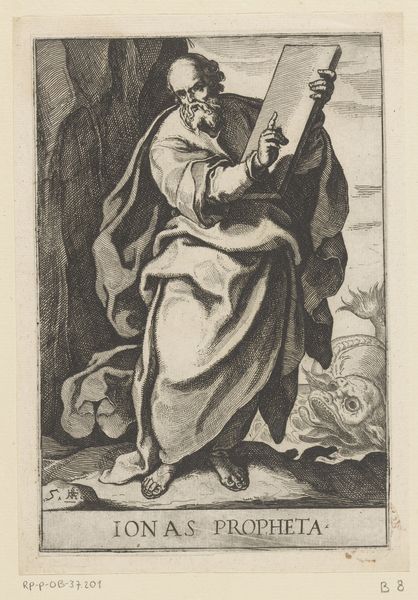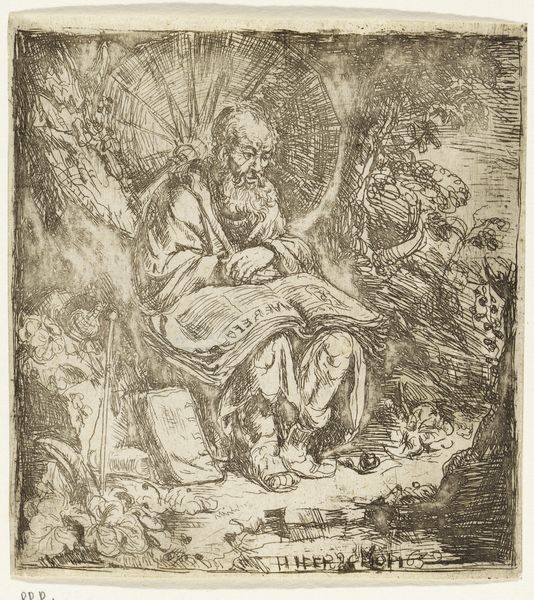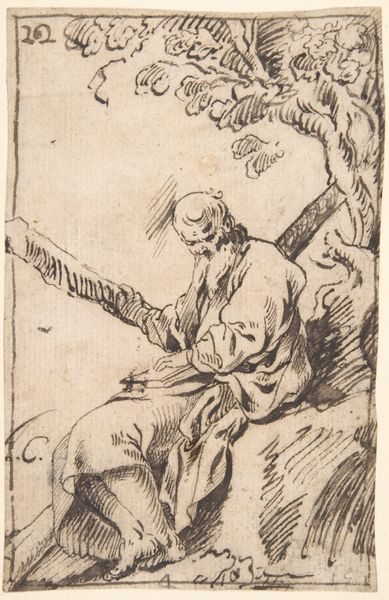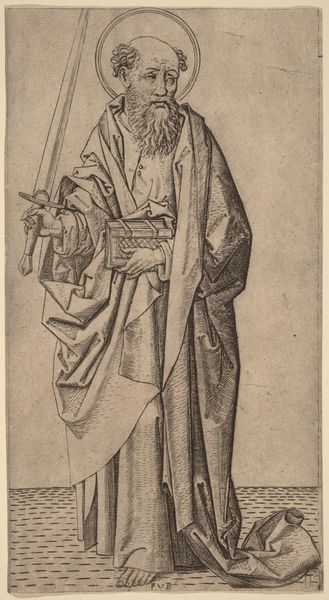
Saint Francis Receiving the Stigmata 1608 - 1618
0:00
0:00
drawing, print, engraving
#
drawing
#
baroque
# print
#
figuration
#
history-painting
#
engraving
Dimensions: Sheet: 5 5/8 × 4 1/8 in. (14.3 × 10.5 cm) Plate: 5 1/2 × 4 1/16 in. (13.9 × 10.3 cm)
Copyright: Public Domain
Editor: This engraving, "Saint Francis Receiving the Stigmata" by Willem Pietersz. Buytewech, created sometime between 1608 and 1618, presents a really intense scene. The cross-hatching gives it a sort of frenetic energy, despite the stillness of the figure. How would you interpret this piece, especially thinking about its creation? Curator: Looking at it materially, we have an engraving, a print. Prints were essential to the spread of ideas in this era, acting almost like a proto-mass media. This allows an artist like Buytewech to engage with a larger audience and disseminate specific visual interpretations of religious events to a public hungry for readily-available imagery. Notice the marks the artist made – how do they communicate texture and shadow so efficiently with such minimal labor and supplies invested per image? Editor: That's interesting to consider in terms of accessibility. So the medium itself facilitated wider distribution of religious narratives… Curator: Exactly. The material conditions of the engraving process become a part of the message. We should be asking how the relatively reproducible nature of the work influences its value—not just monetary value, but also cultural and religious. This process emphasizes the circulation of images within a social context where devotion and art became intricately interwoven and more accessible. Editor: I hadn't really considered the "business" side of religious art before. I was so focused on the figure and his apparent suffering. Curator: That figure becomes something to be consumed, something to inspire devotion, replicated and disseminated as efficiently as possible. The production of affect has to be situated within these tangible conditions. Editor: Thinking about it as a manufactured object, rather than purely a work of artistic expression, has really shifted my perspective. It’s much easier to think about how art could serve many masters! Thanks for making that connection! Curator: My pleasure, by really studying art, the historical context of art becomes that much clearer!
Comments
No comments
Be the first to comment and join the conversation on the ultimate creative platform.
